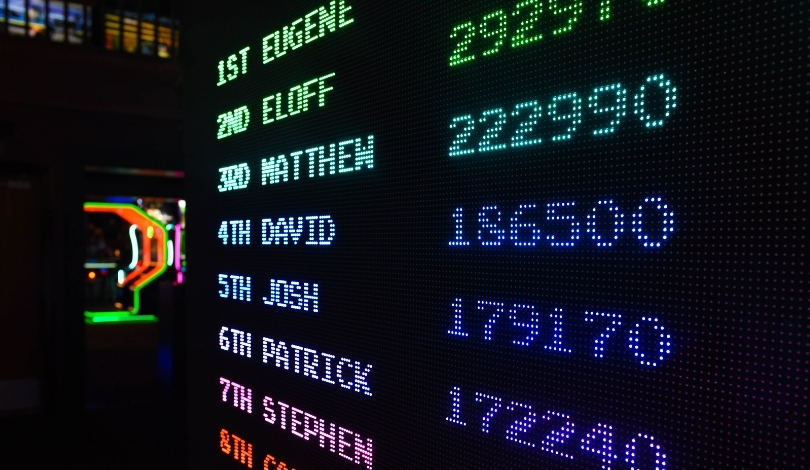A mechanical mouse trying to navigate a handcrafted wooden labyrinth is at the heart of Éalú, a puzzle adventure scheduled for release on October 2 by Beyond the Bark. Uniquely, every scene in the game comes to life through traditional stop-motion animation, made possible by physical sets staged and filmed in a backyard shed in Ireland. The tactile nature of wood forms not only the game’s visual identity but also builds a bridge between digital gaming and physical craftsmanship. Interest is already growing among puzzle enthusiasts, with expectations shaped by both the game’s aesthetic and its inventive approach to environmental interactivity.
Other reports have previously highlighted indie titles experimenting with physical models, but few have matched the full dedication seen here in creating every action by hand through stop-motion. While games such as Judero and classics like Fallout and Doom have used keyframe animation or sprites based on photographed models, Éalú breaks from these conventions. Instead, it draws eyes by merging the tactile intimacy of stop-motion with the cerebral demands of puzzle gaming, which positions it as a distinctive entry in the broader wave of indie puzzle games known for their unique visual styles and challenging mechanics. Community anticipation and curiosity seem to build partly from comparisons to earlier genre standouts, but the handcrafted aspect sets Éalú apart.
How Does Éalú’s Animation Approach Stand Out?
The physical construction and animation of Éalú are overseen by designer Ivan Owen, who painstakingly animated the clockwork mouse protagonist in over 70 sets, generating over 500 unique animation sequences. This artisanal approach brings each puzzle and interaction to life with a level of detail rarely seen in video games. As the developer describes,
“Every character, set, and movement was animated by hand by a single animator (myself).”
Unlike other recent efforts, every movement in the game was captured live, rather than simulated or digitally generated.
What Kind of Gameplay Can Players Expect?
Players guide the mechanical mouse through a mysterious maze filled with potentially lethal traps and challenging logic puzzles. Some obstacles require precise thinking, reminiscent of complex puzzles in games like The Legend of Zelda: Breath of the Wild or the Tower of Hanoi challenges featured in role-playing classics. Although the game’s presentation is entirely wordless, it effectively communicates objectives and feedback through environmental cues, with puzzle difficulty escalating rapidly as progression continues. According to the developer,
“I animated the mouse in situ in over 70 physical sets and created every single action it takes, resulting in 512 animation clips to create the experience.”
Will Its Design Choices Impact Player Experience?
Éalú’s approach may introduce deliberate pacing, as the handcrafted stop-motion can bring a slight sluggishness to controls and interactions compared to wholly digital productions. The reset mechanism after each failed puzzle or triggered trap may risk frustrating players if checkpoints or progress-saving elements are not included. Despite these concerns, many puzzle fans are attracted to the sense of atmosphere—the blend of coziness and underlying tension—created by the isolated wooden sets and the unique protagonist’s movements. Developers are still fine-tuning aspects such as audio and visual feedback to improve these interactions.
As Éalú moves closer to launch, its blend of meticulous physical animation and puzzle-rich environments positions it distinctly in the indie games landscape. Some technical hurdles remain, particularly in user experience related to responsiveness and clarity of feedback. Yet, for players who appreciate tactile artistry and challenging logic, the game promises a novel intersection of physical and digital play. Notably, traditionalists might wish for a more punishing or minimalist experience, while others could hope for a subtle hint system to balance its difficulty. Those interested can wishlist Éalú on Steam to follow its progress up to its October release, and the game’s singular visual style and commitment to manual craftsmanship will likely continue to draw attention in the lead-up.
- Éalú uses stop-motion to animate puzzles in a wooden labyrinth.
- Physical sets distinguish it from other indie puzzle games.
- Handcrafted animation shapes both atmosphere and player experience.










